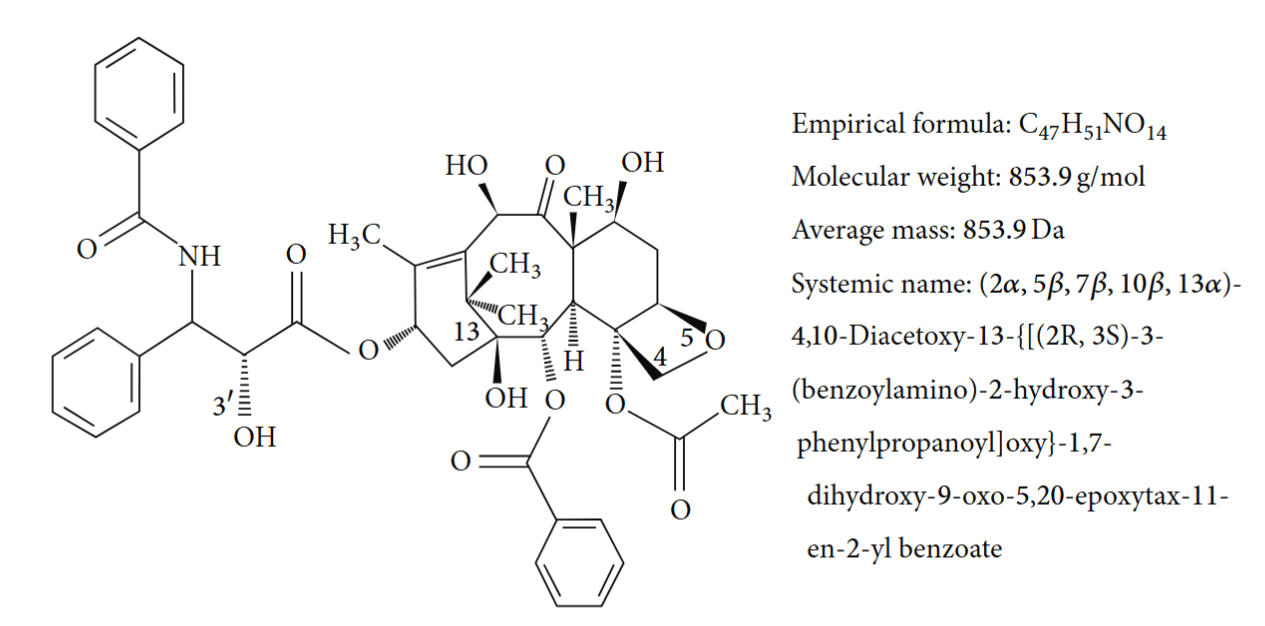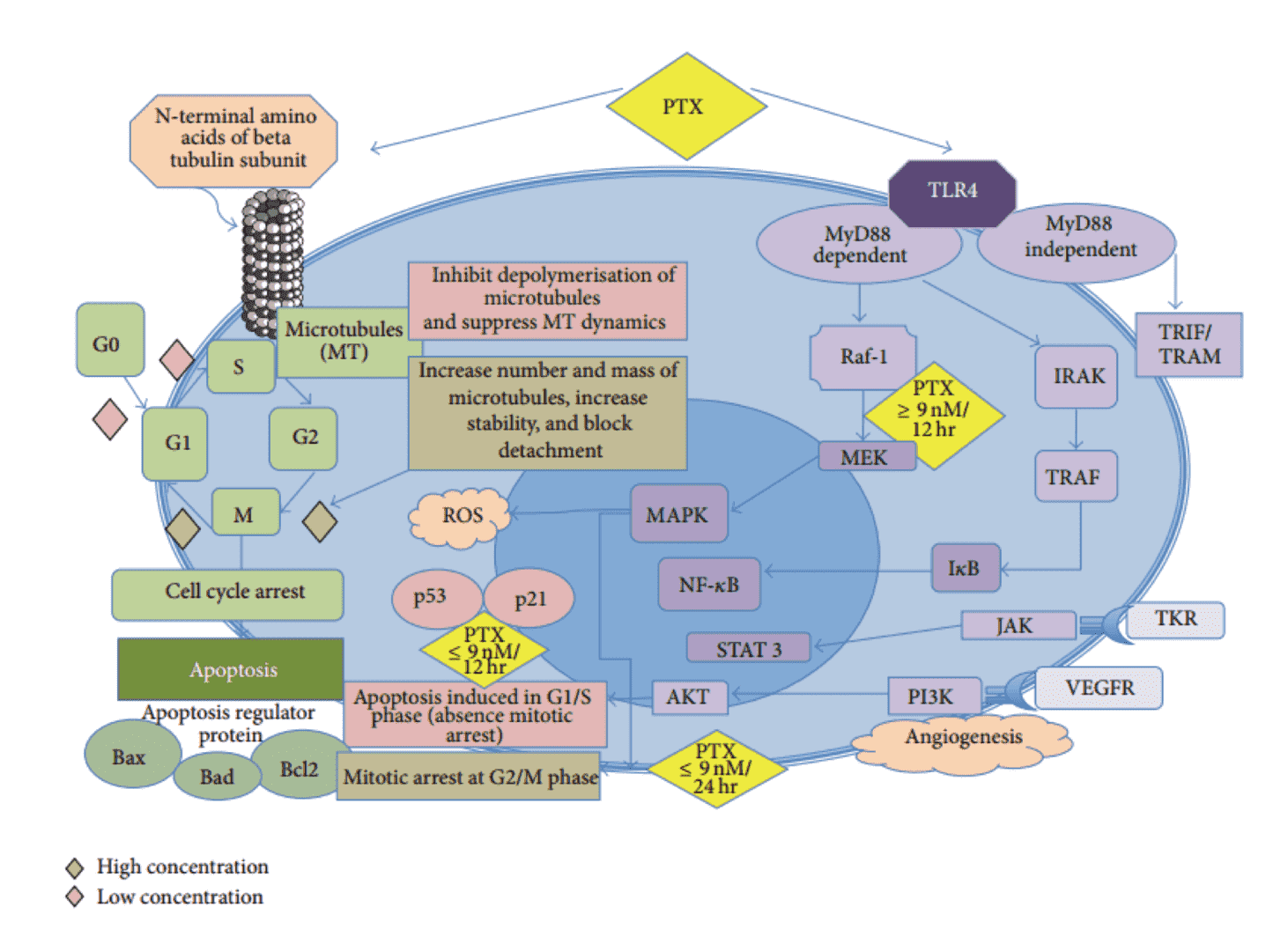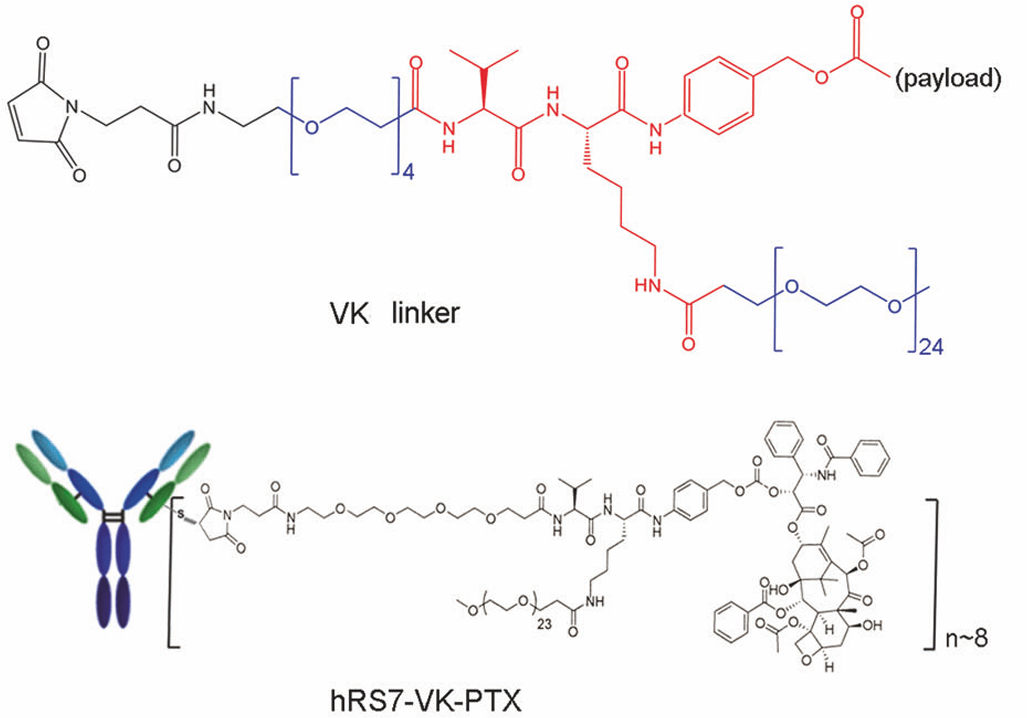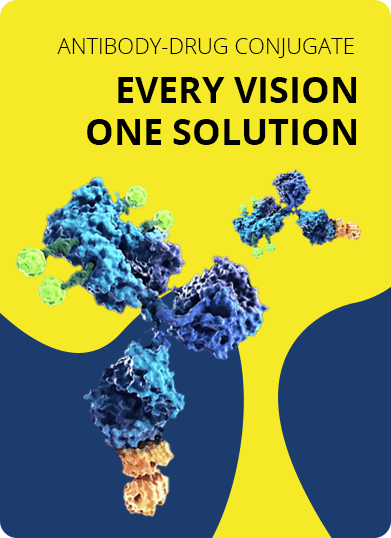- Home
- ADC Development
- DrugLnk™ Custom Linker-Payload Synthesis
- Drug Module Synthesis
- Microtubule Toxin Synthesis
- Taxoid Synthesis
Taxoid Synthesis Service
Creative Biolabs provides services to prepare various taxoids containing antibody-drug conjugates (ADCs) with high potency and tumor specificity. As a pioneer and leader in ADC design and production, we guarantee high-quality products and services to our customers.
Taxoids, also known as paclitaxel, are derivatives from taxol, an early potent anticancer compound extracted from Pacific yew (Taxus brevifolia Nutt). Taxiods was first discovered and named by Wall et al. in 1966 and their cytotoxcicity was later demonstrated in 9 KB cancer cell and tissue culture. Since then, taxiods have been documented to show anti-cancer activity against leukemia and murine melanoma cell cultures, as well as various xenograft mouse models bearing MX1 (breast), CX1 (colon) and LX1 (lung) carcinomas.
Taxiods were shown to function as microtubule-stabilizing agents to expedit tubulin polymerization. They have generated a remarkable impact on current cancer chemotherapy against breast, ovary, and lung cancers. Additionally, taxoids have also been used in the form of conjugates with different tumor-targeting modules including polyunsaturated fatty acids (PUFAs) and monoclonal antibodies, etc. to further enhance their anti-cancer activities and to increase their theraputic windows.
 Fig.1 The structure of taxol (paclitaxel).1,3
Fig.1 The structure of taxol (paclitaxel).1,3
Taxoids mode of action (MOA)
At clinically interrelated concentrations (1–10 nM), taxoids (paclitaxel) reveal their efficacy by inhibiting microtubule dynamics. Taxoids bind to the tubulin heterodimer at its β-tubulin subunit, and they have been shown to change microtubule morphology, resulting in a decreased number of protofilaments in microtubules. Taxoids (paclitaxel) mainly bind to microtubules rather than individual tubulin dimers and cause protofilament reduction within second in preformed microtubules. Several cellular signaling pathways, including JNK, ERK and p38 MAPK, are disrupted by the cytotoxcicity of taxiods. The resistance to taxoids is generally related to multidrug resistance (MDR), which is characterized by the overexpression of ATP-binding cassettes including Pglycoprotein (Pgp). Other mechanisms regarding taxoids resistance are often correlated with the structure or function of microtubules, confirming their proposed cellular targets.
 Fig.2 Taxoids action mechanism.1,3
Fig.2 Taxoids action mechanism.1,3
Taxoids-based antibody-drug conjugates
Clinical analysis have revealed taxoids' significant efficacy against advanced solid tumors, such as breast and ovarian cancer. However, taxoids are still highly toxic and they often present with poor solubility. A novel strategy of the taxoids delivering, taxoid-antibody conjugates, has arisen to circumvent these limitations. The antibody's targeting function is usually not compromized by the chemical coupling of a taxoid-linker complex and the antibody deliver the drug into the tumor cells via receptor mediated endocytosis upon target receptor binding.
 Fig.3 Antibody-taxiod conjugates.2
Fig.3 Antibody-taxiod conjugates.2
To expand the application of taxoids in the form of innovated ADCs, Creative Biolabs offers comprehensive services to help design and create ADCs with tailored taxoids payloads, optimized linkers, and suitable conjugation strategies to meet clients' unique requirements using our well-established "DrugLnk" synthesis platform. In the meantime, Creative Biolabs also provides other various ADC-related services. Please to contact us for more information and a detailed quote regarding your ADC design and production.
References:
- Kampan, Nirmala Chandralega, et al. "Paclitaxel and its evolving role in the management of ovarian cancer." BioMed research international 2015.1 (2015): 413076.
- Shao, Ting, et al. "Construction of paclitaxel-based antibody–drug conjugates with a PEGylated linker to achieve superior therapeutic index." Signal Transduction and Targeted Therapy 5.1 (2020): 132. Distributed under Open Access License CC BY 4.0, adapted a part of Fig.1a
- Distributed under Open Access License CC BY 4.0, without modification.
For Research Use Only. NOT FOR CLINICAL USE.

Online Inquiry
Welcome! For price inquiries, please feel free to contact us through the form on the left side. We will get back to you as soon as possible.
